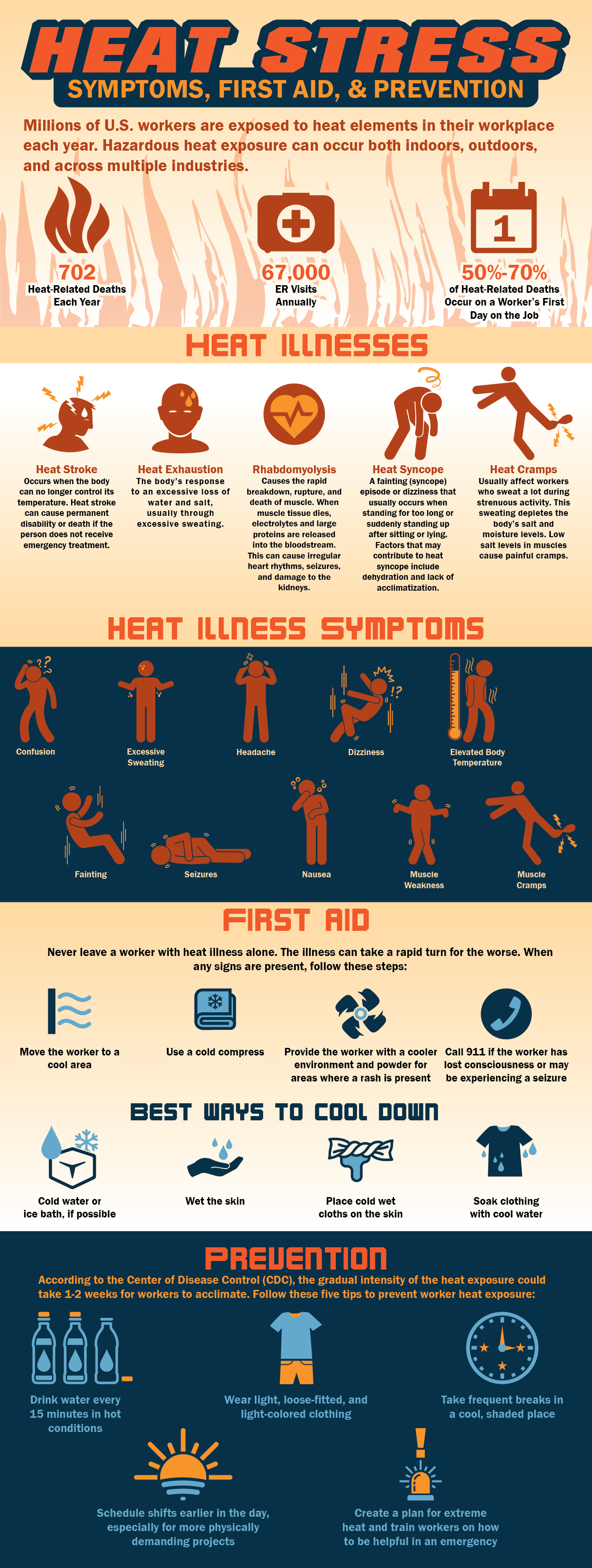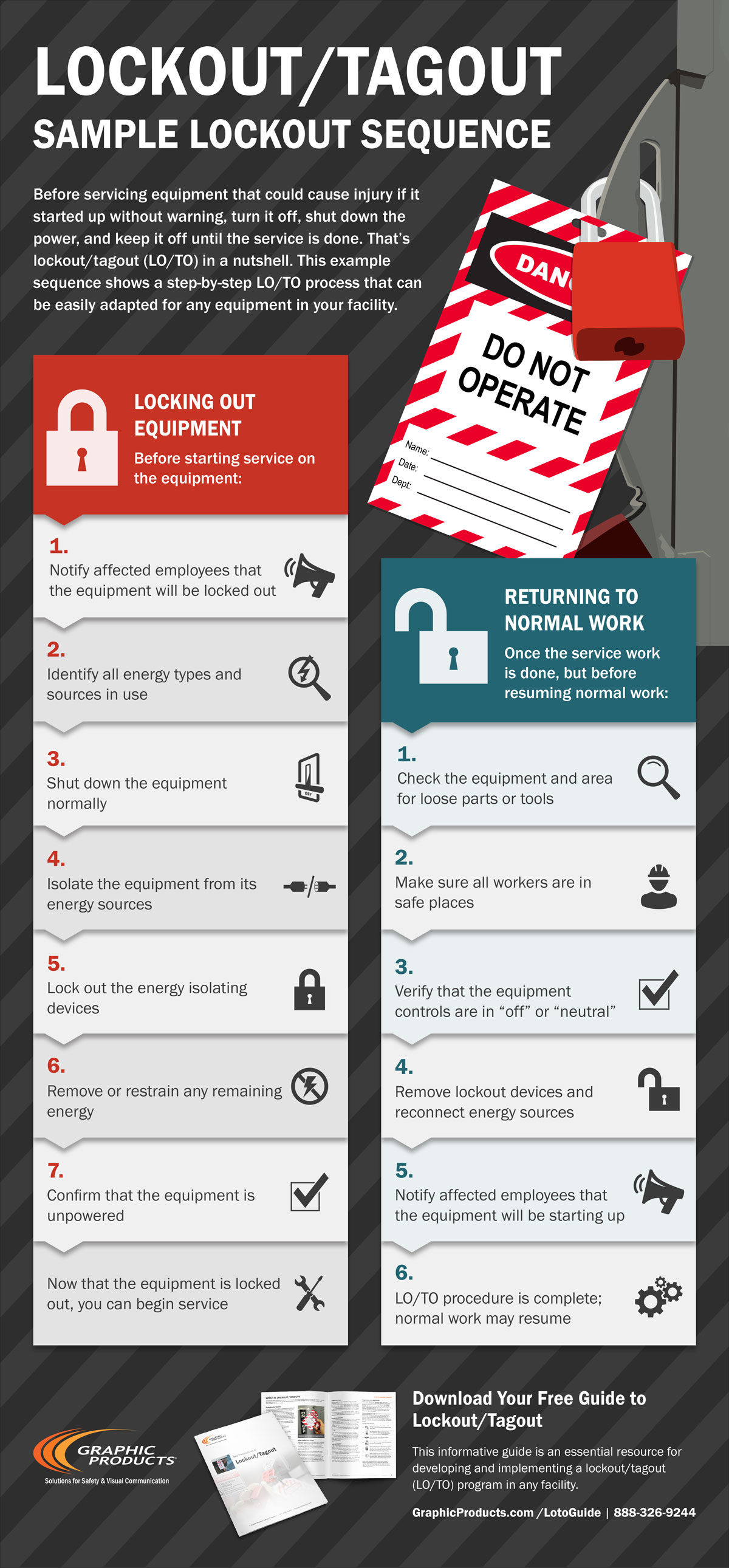- Home
- >
- Resources
- >
- Infographics
- >
- Heat Stress: Symptoms, First Aid, & Prevention
Heat Stress: Symptoms, First Aid, & Prevention
Updated on: October 30, 2025
1 MINUTE READ
Published on:
Aug
06,
2024

.png)








